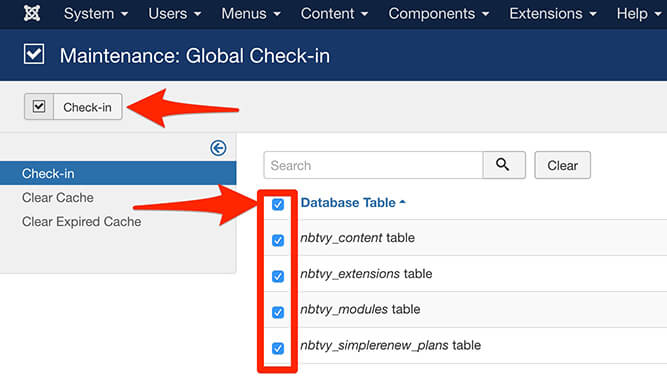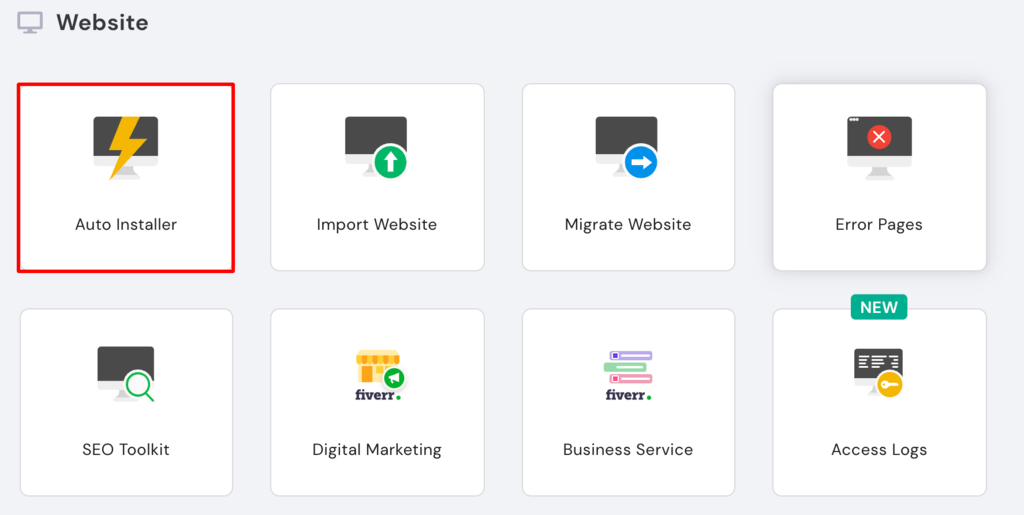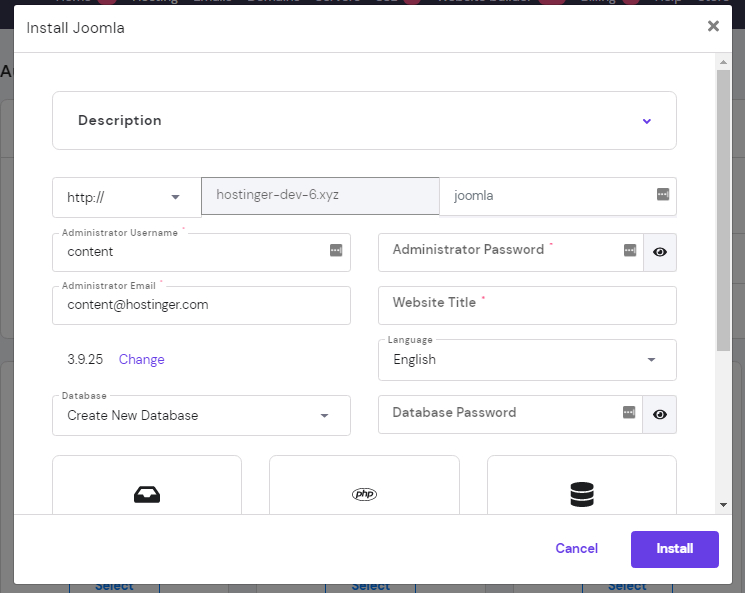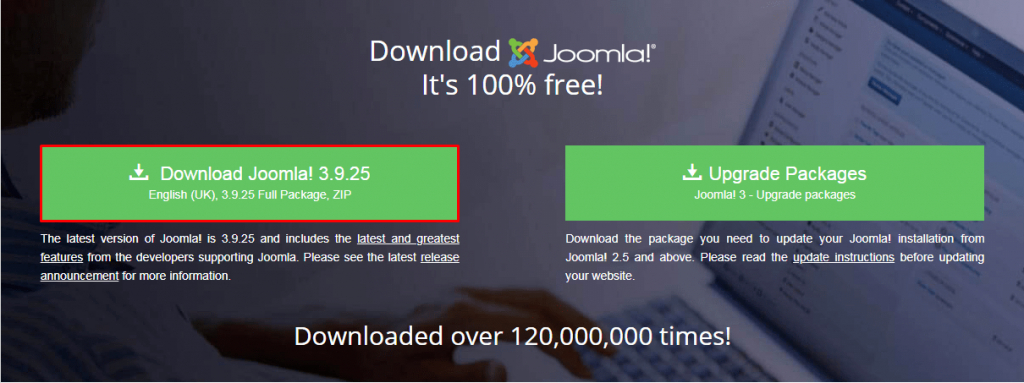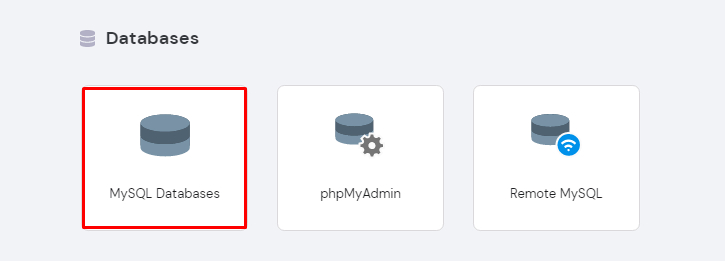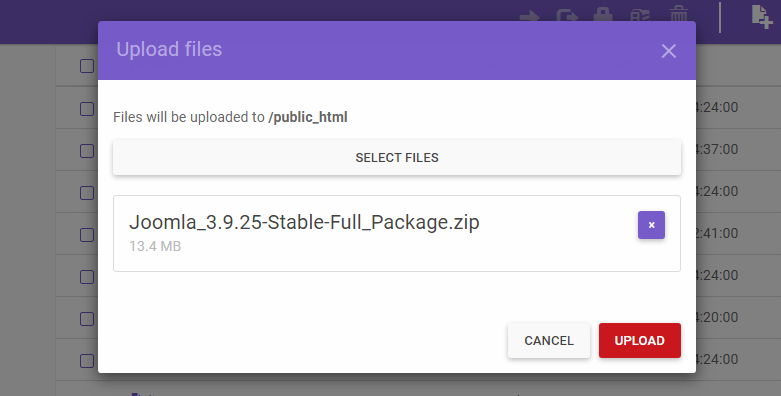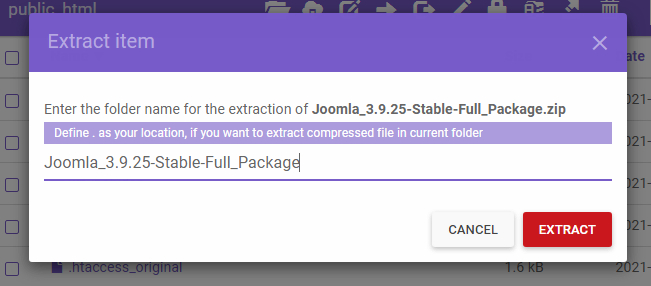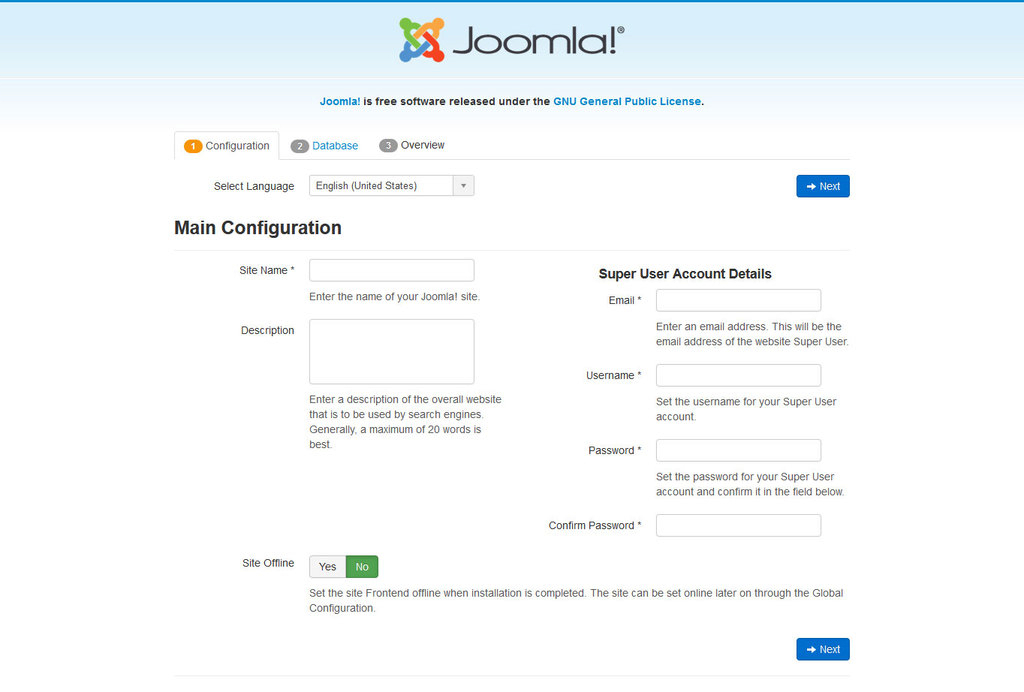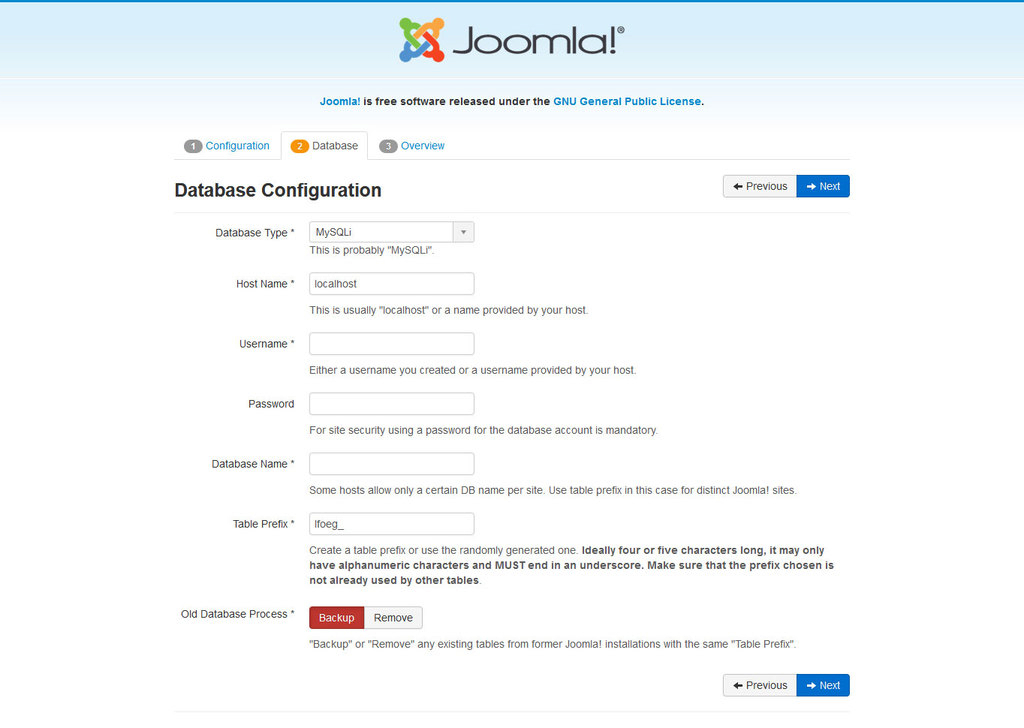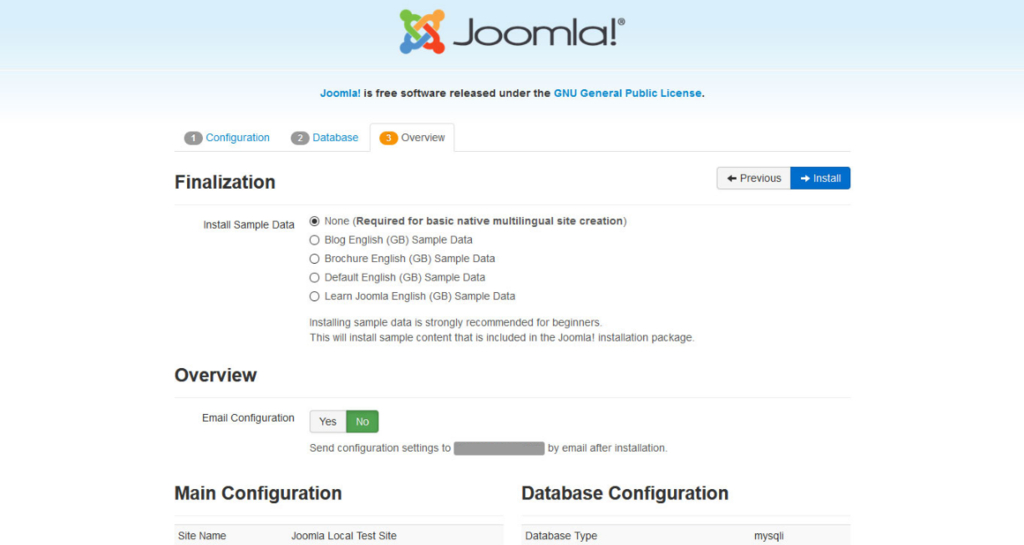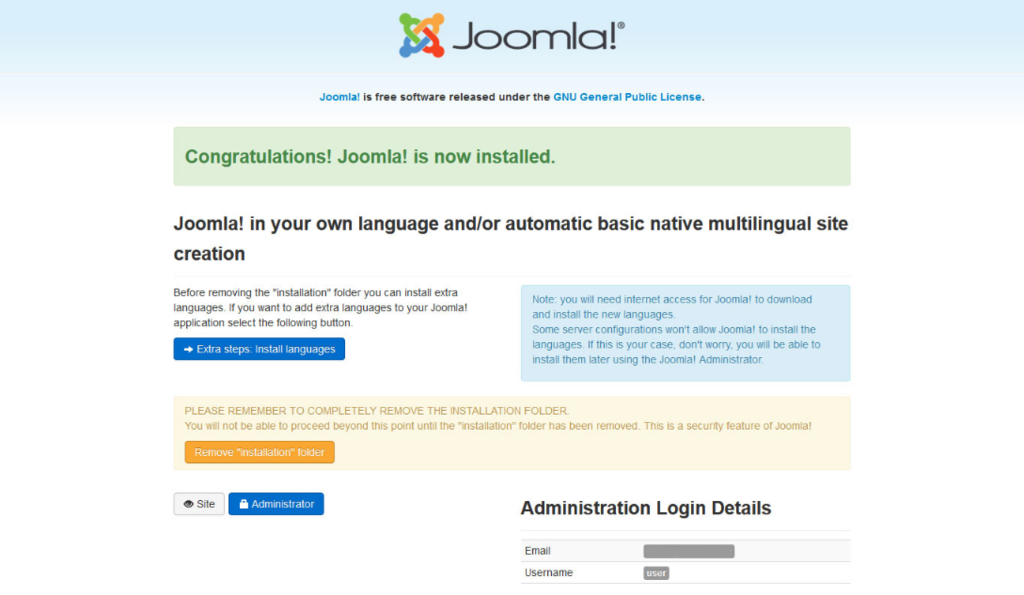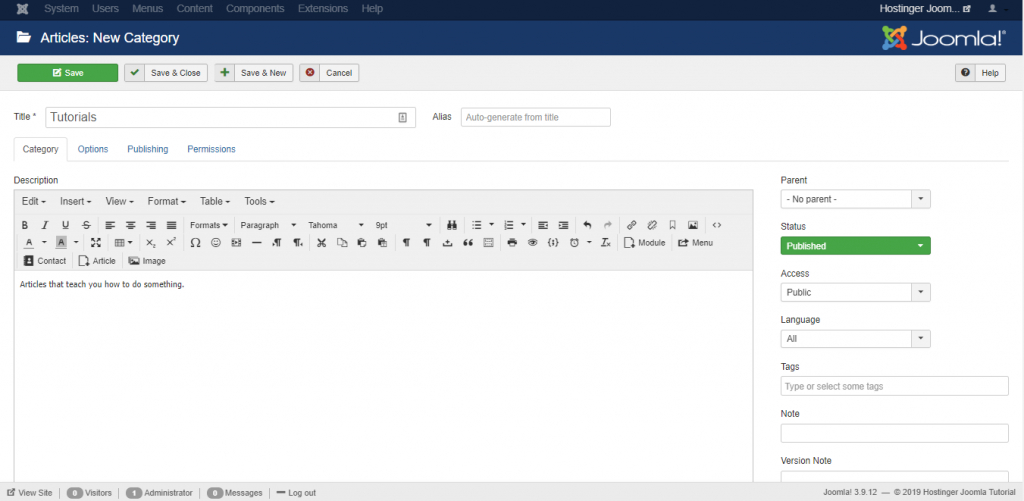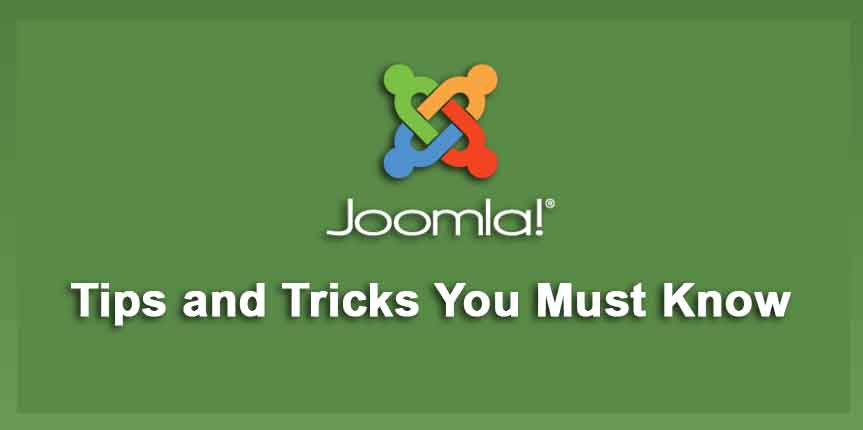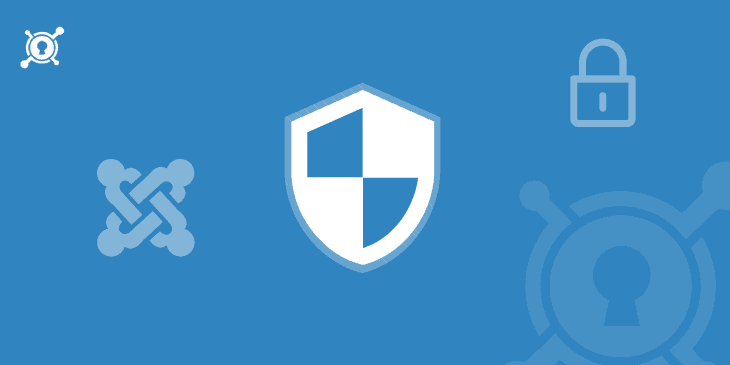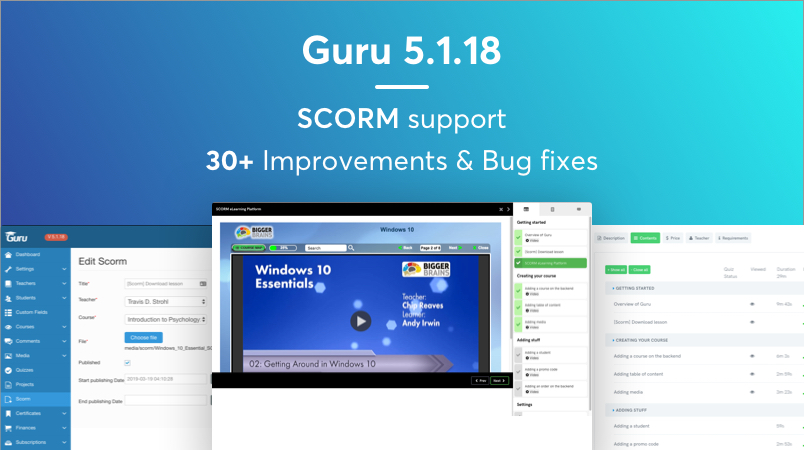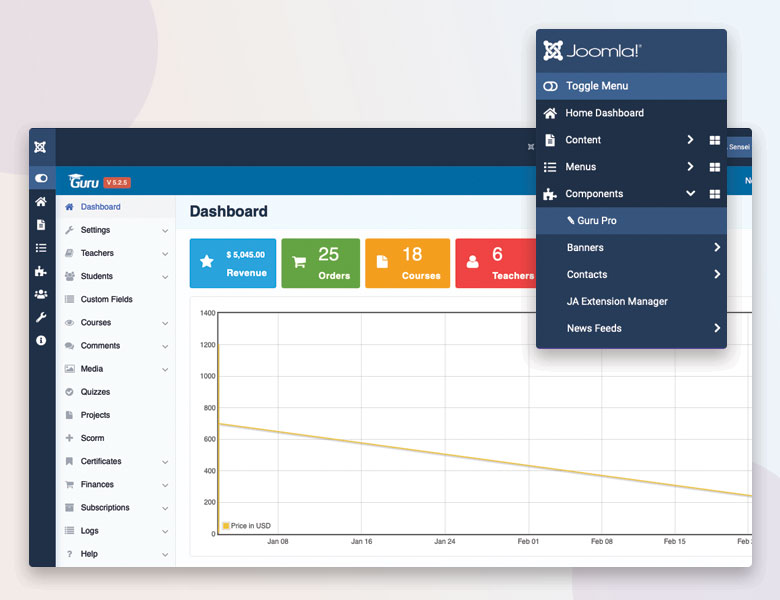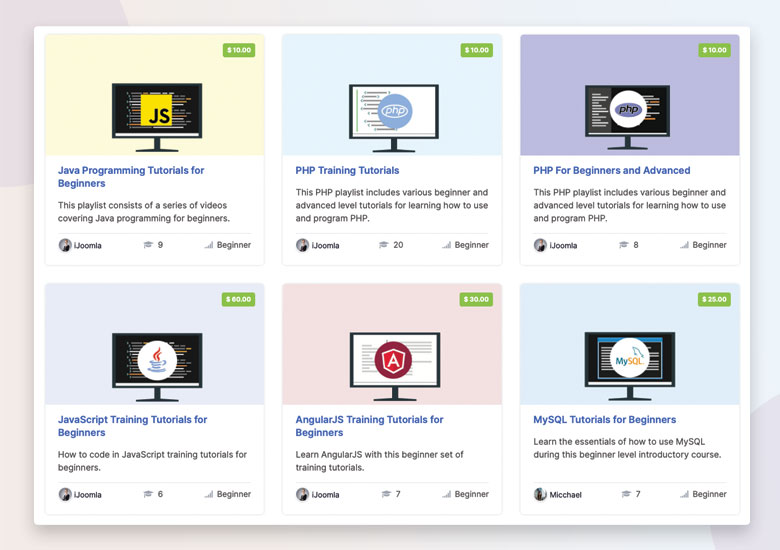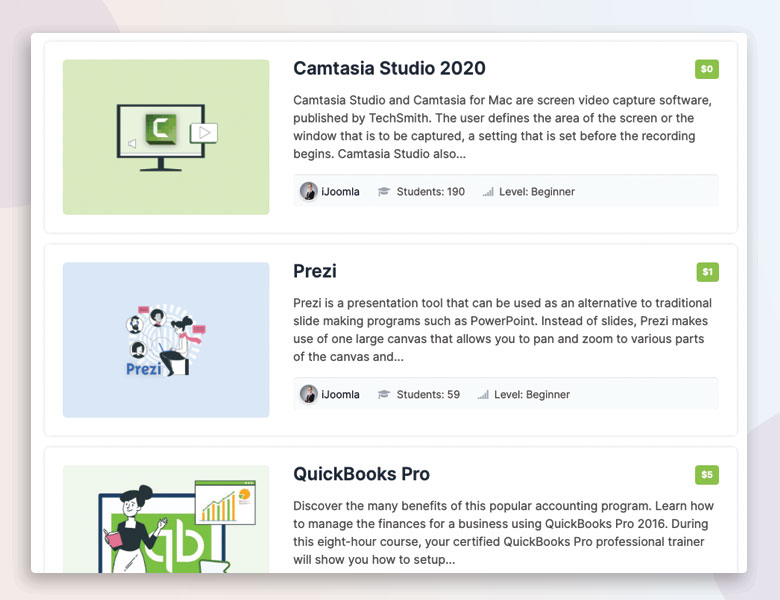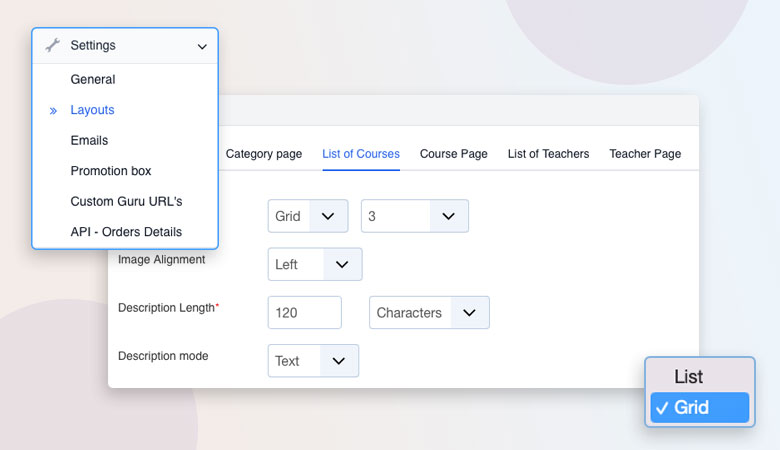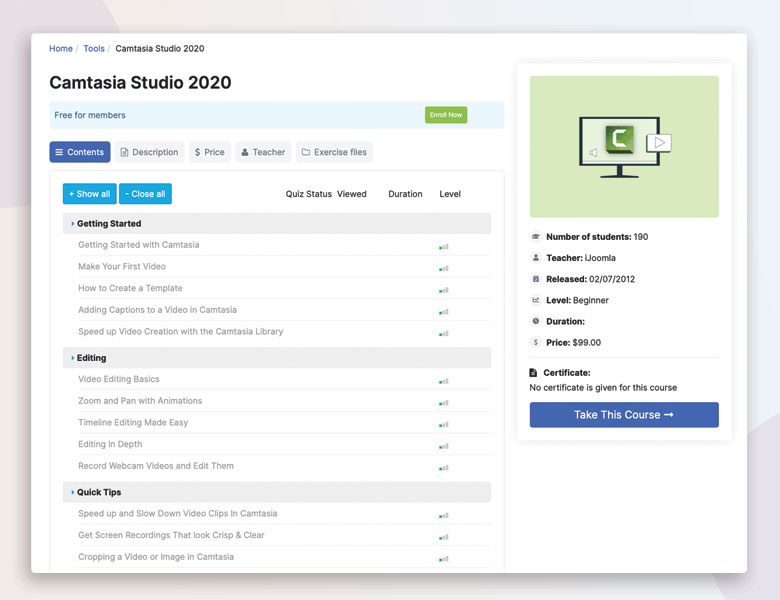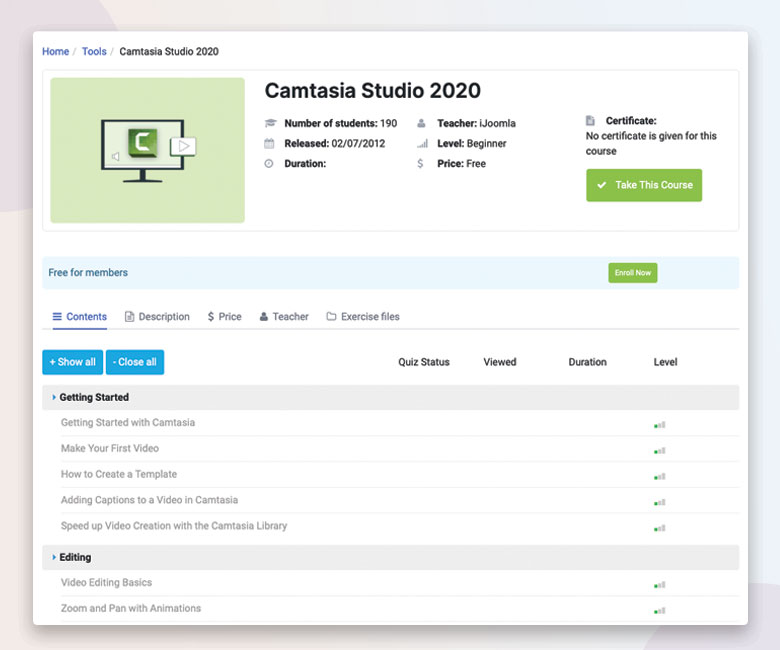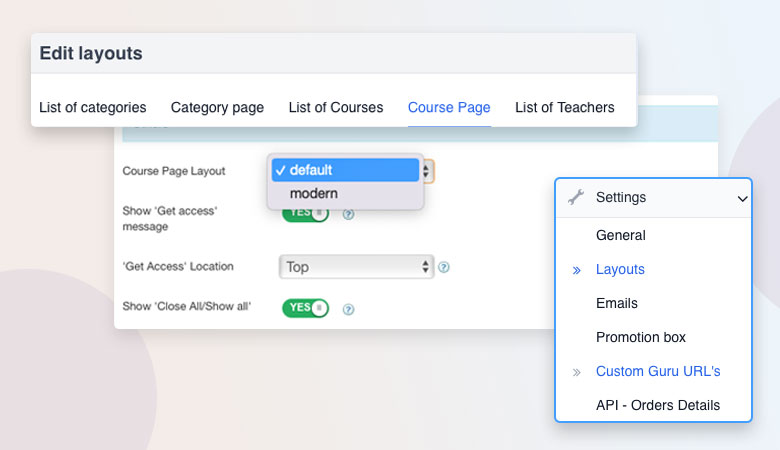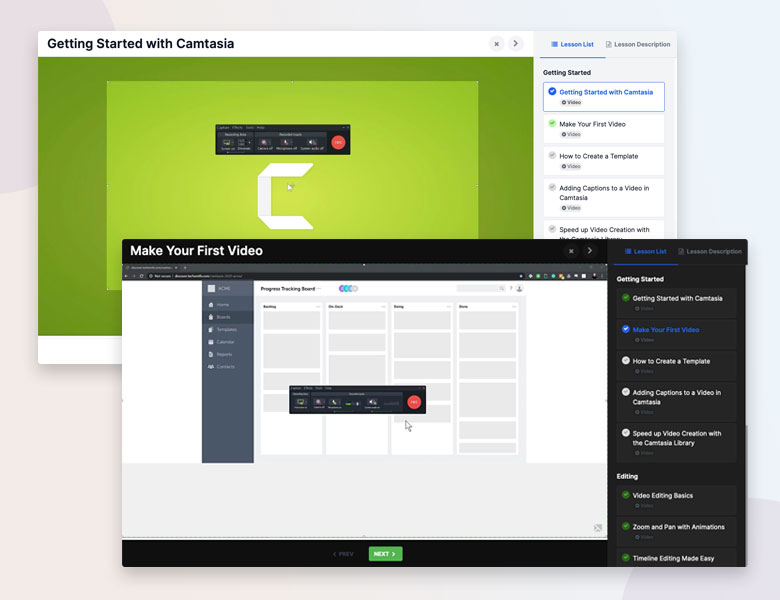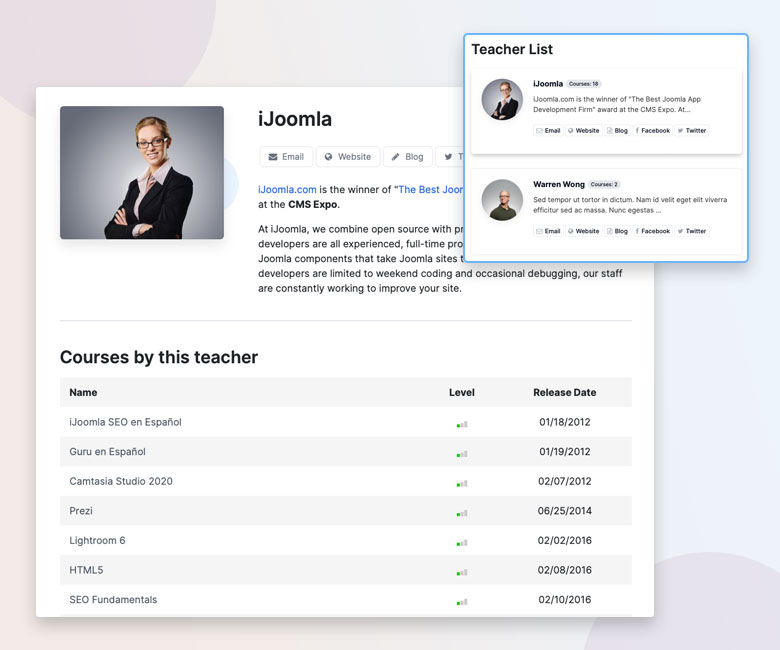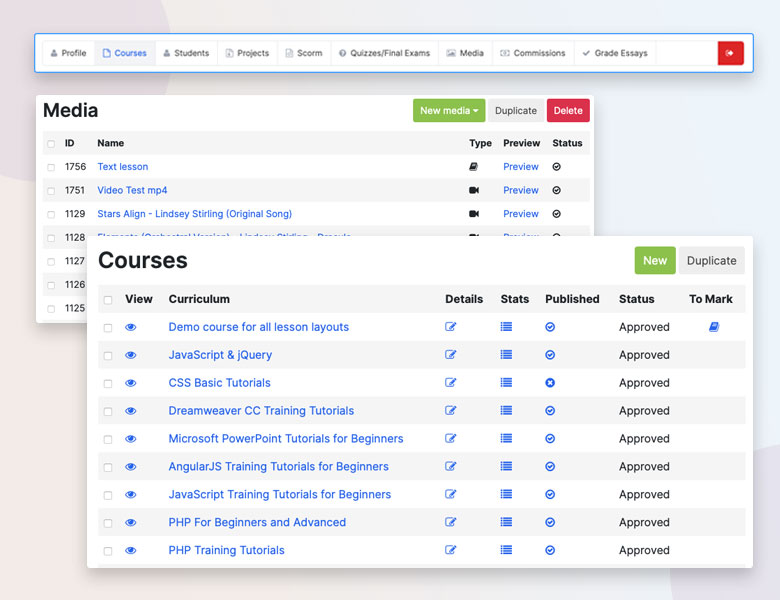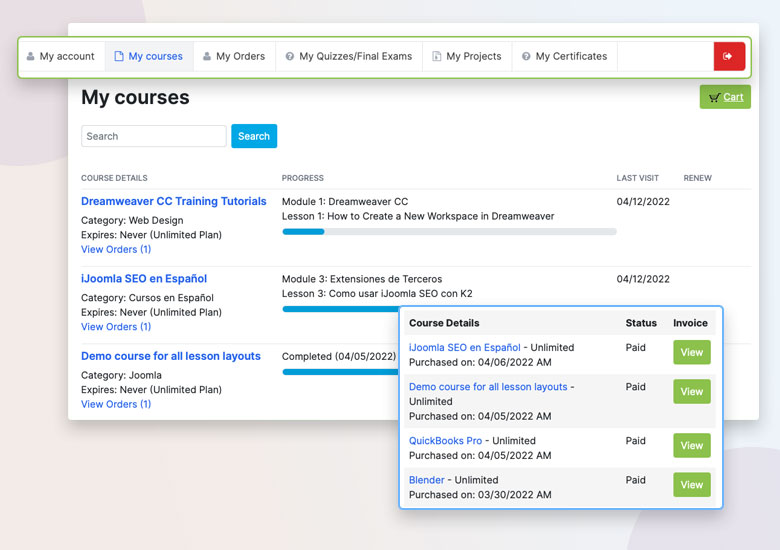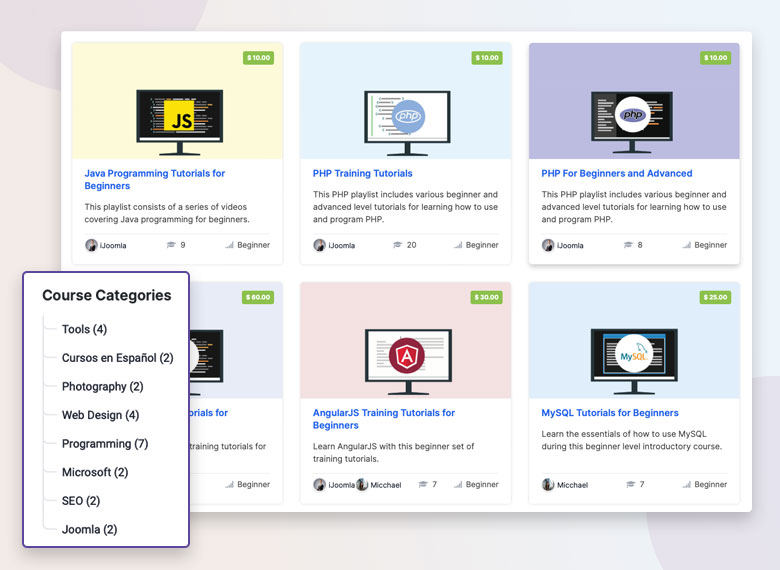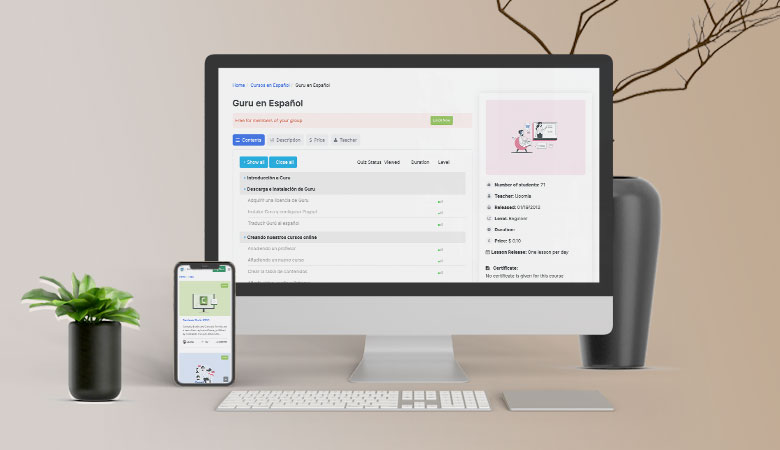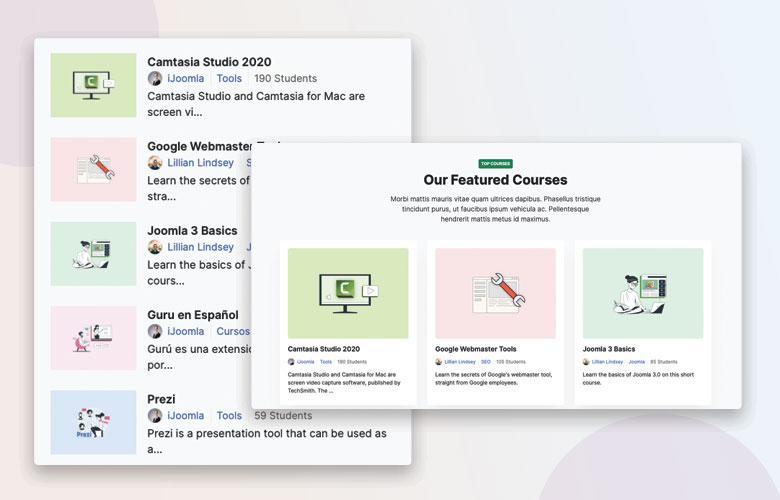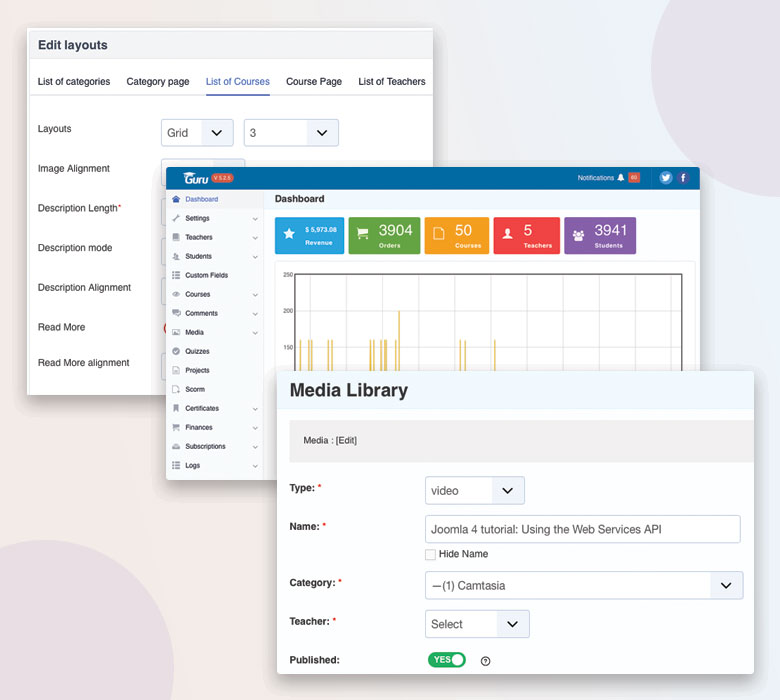Strategi Menang Slot Deposit 10k Rahasia Meraih Keberuntungan Besar
Permainan slot online telah menjadi favorit di kalangan pecinta judi daring di seluruh dunia. Dengan perkembangan teknologi, kini siapa pun dapat mengakses berbagai jenis permainan slot hanya dengan modal yang relatif kecil, misalnya dengan deposit 10 ribu rupiah. Namun, bagaimana caranya agar modal kecil ini bisa menghasilkan keuntungan besar? Berikut adalah beberapa strategi yang dapat Anda pertimbangkan:
1. Pilih Slot dengan RTP Tinggi
RTP (Return to Player) adalah persentase uang taruhan yang akan kembali ke pemain dalam jangka panjang. Pilihlah permainan slot yang memiliki RTP tinggi, karena ini menandakan peluang Anda untuk menang lebih besar. Meskipun tidak menjamin kemenangan dalam slot deposit 10k gacor setiap putaran, memilih slot dengan RTP tinggi bisa menjadi langkah awal yang cerdas.
2. Kelola Modal dengan Bijak
Deposit 10 ribu rupiah mungkin terlihat kecil, tetapi Anda bisa memaksimalkan penggunaannya dengan cara yang bijak. Bagi modal Anda menjadi beberapa bagian kecil dan tetapkan batasan untuk setiap sesi bermain. Ini membantu Anda menghindari risiko kehilangan modal secara cepat dan memungkinkan Anda untuk bermain lebih lama.
3. Manfaatkan Bonus dan Promosi
Banyak situs slot online menawarkan bonus dan promosi kepada pemain baru maupun yang sudah ada. Manfaatkan bonus deposit atau putaran gratis untuk meningkatkan peluang Anda memenangkan hadiah besar tanpa harus menambahkan modal tambahan. Namun, pastikan untuk membaca syarat dan ketentuan yang berlaku agar Anda bisa mengoptimalkan penggunaan bonus tersebut.
4. Pilih Strategi Bermain yang Tepat
Meskipun slot terkenal dengan keberuntungan, beberapa strategi bermain bisa membantu Anda mengelola risiko dan meningkatkan peluang menang. Misalnya, gunakan taruhan maksimum hanya jika diperlukan (terutama pada slot progresif), atau pilih slot dengan fitur bonus yang sering dipicu untuk meningkatkan kesempatan mendapatkan kemenangan tambahan.
5. Bermain dengan Sabar dan Bertanggung Jawab
Kunci utama dalam strategi apapun adalah kesabaran dan tanggung jawab. Jangan terburu-buru dalam mengambil keputusan, tetapkan batasan waktu dan modal, dan berhenti bermain jika sudah mencapai batas tersebut. Ini tidak hanya membantu melindungi modal Anda tetapi juga menjaga kesenangan dalam bermain.
Slot Deposit 10k Pilihan Terbaik Bagi Pecinta Slot
Permainan slot online semakin populer di kalangan pecinta judi daring di Indonesia. Salah satu hal yang menarik perhatian banyak pemain adalah slot deposit 10k, yang menawarkan kesempatan untuk bermain dengan modal terjangkau namun tetap mendapatkan keseruan dan peluang besar untuk menang.
Apa Itu Slot Deposit 10k?
Slot deposit 10k merujuk pada permainan slot online yang memungkinkan pemain untuk memulai taruhan dengan modal serendah 10 ribu rupiah. Meskipun jumlah ini tergolong kecil, permainan slot dengan deposit 10k tetap menawarkan hadiah dan fitur seru yang tidak kalah menarik dengan taruhan lebih besar.
Keuntungan Bermain Slot Deposit 10k
- Modal Terjangkau: Salah satu keunggulan utama dari slot deposit 10k adalah kemudahan untuk memulai bermain tanpa harus mengeluarkan banyak modal. Ini sangat menguntungkan bagi pemain dengan anggaran terbatas atau yang ingin mencoba peruntungannya tanpa risiko besar.
- Beragam Pilihan Game: Meskipun dengan deposit rendah, pemain tetap bisa menikmati beragam pilihan game slot yang menarik. Developer permainan slot terkemuka seperti Pragmatic Play, Playtech, dan NetEnt sering kali menyediakan opsi dengan taruhan awal rendah untuk memenuhi berbagai preferensi pemain.
- Peluang Besar untuk Menang: Meskipun taruhannya kecil, slot deposit 10k sering kali memiliki peluang untuk memenangkan jackpot atau hadiah besar yang sama dengan permainan dengan taruhan lebih besar. Ini karena mekanisme pembayaran dalam permainan slot tidak hanya bergantung pada jumlah taruhan, tetapi juga pada keberuntungan dan strategi bermain.
Tips Memilih Slot Deposit 10k Terbaik
- RTP (Return to Player): Pilihlah permainan dengan RTP tinggi, karena ini menunjukkan seberapa besar persentase taruhan yang dikembalikan kepada pemain dalam jangka panjang.
- Fitur Bonus: Perhatikan fitur bonus seperti putaran gratis, simbol liar, dan fitur tambahan lainnya yang dapat meningkatkan peluang Anda untuk menang.
- Ulasan Pemain: Baca ulasan dari pemain lain untuk mendapatkan gambaran yang lebih baik tentang pengalaman mereka dengan permainan tertentu. Ini dapat membantu Anda memilih slot yang sesuai dengan gaya bermain dan preferensi Anda.
Kesimpulan
Slot deposit 10k adalah pilihan yang ideal bagi pecinta slot yang ingin bermain secara terjangkau namun tetap merasakan keseruan dan potensi kemenangan besar. Dengan berbagai pilihan permainan dan peluang yang adil, slot deposit 10k menawarkan pengalaman yang menyenangkan serta kesempatan untuk meraih hadiah menarik. Jangan ragu untuk mencoba keberuntungan Anda dalam permainan slot deposit 10k dan nikmati sensasi taruhan online yang seru!




